
Sunkoshi-III hydropower project finally expected to takeoff through Nepal-Bangladesh partnership
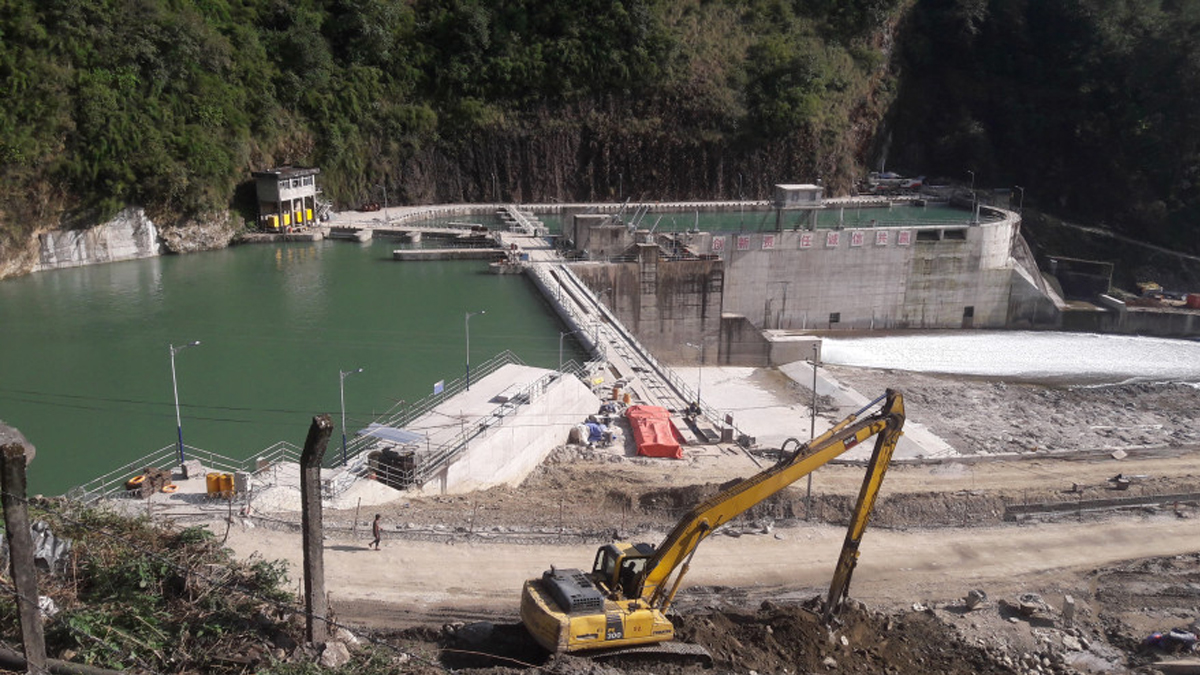
Since around one and a half decades, people’s representatives, local political leaders and civil society had envisioned the Sunkoshi-III Semi-Reservoir Project. Authorities and stakeholders had taken up the topic of construction of the project in every forums including in the parliament, the ministry and public programmes. Some years later, authorities concerned had taken the matter seriously and decided to start the project.
In 2074 BS, a study of the project was carried out, taking the project as a pride one of the mid-east and midhill region.
Despite some delay reportedly caused by factors like a frequent change in the government, COVID-19 and natural disasters, it is safe to say that the project will be implemented soon. Nepal and Bangladesh have recently agreed to jointly develop the 683-megawatt project in the fifth meeting of the secretary-level Joint Steering Committee (JSC) on energy cooperation held in Dhaka last Monday and Tuesday.
As per the agreement the Nepal Electricity Authority (NEA) and Bangladesh Power Development Board (BPDB) will sign a memorandum of understanding for the development of the estimated Rs 160 billion project with the joint investment of Nepal and Bangladesh within the next six months, according to a statement issued by Madhu Prasad Bhetwal, Spokesperson for the Ministry of Energy of Nepal.
The project will be constructed in the Sunkoshi river at the border of Ramechhap and Kavrepalanchok district. Both the countries had decided to develop the project through a joint venture investment during the fourth meeting of the working group in August, 2022. As per the agreement, the project will be developed by setting up a joint company between the NEA and the BPDB.
Then, the Bangladeshi side, as per the agreement, had to carry out a feasibility study and review the environmental impact assessment report within two months, and a joint company would be established within four months, according to Bhetwal.
For this, a Bangladeshi team in the Nepali month of Bhadra, 2079 BS carried out a field inspection of the project.
Then, a Bangladeshi team led by Mohammad Habibur Rahman, Secretary of the Power Division of the Ministry of Power, Energy and Mineral Resources of Bangladesh, and a joint team of the Ministry of Energy, Water Resources and Irrigation, the Department of Electricity Development, and NEA carried out an onsite inspection of the proposed project, and the reservoir area.
On the occasion, Secretary Rahman at an event at Lubhughat of Khandadevi Rural Municipality in Ramechhap district said that Bangladesh was keen on developing hydropower projects including the Sunkoshi-III in collaboration with Nepal.
The Ministry of Forests of Nepal in the Nepali month of Kartik, 2079 BS approved the environmental impact assessment (EIA) opening the door for the project. Following this, the line ministry of Nepal had said that the additional process for the project would move ahead.
The Department of Electricity Development in the Nepali month of Jestha, 2079 BS completed a study of the project, and submitted the report to the Ministry of Forests and Environment. It requires around 4,013 hectares of land for the project, according to the Department. The project will displace around 1,600 families of the affected areas in Kavrepalanchok, Sindhupalchok, Sindhuli and Ramechhap districts, according to the report. Eight wards of Temal Rural Municipality in Kavrepalanchok, Khadadevi Rural Municipality in Ramechhap and other districts will be submerged. Dams and power houses will be constructed in these areas.
Three rural municipalities and two municipalities of Sindhupalchok, three rural municipalities and two municipalities of Kavrepalanchok, two rural municipalities of Ramechhap, and one rural municipality of Sindhuli will be affected due to the project.
The draft report was prepared taking into view of the design drawing, geographical survey, topography survey, EIA along with the project costs, biological and eco-social aspects, it has been said.
Technical survey, geographical study and engineering design of the project have been over, it has been said. EIA has taken place after taking suggestion from concerned people and authorities on subjects related to physical, biological, social, economic and cultural aspects of the project site.
Then Prime Minister Sher Bahadur Deuba, who also looked after the Forests Ministry, endorsed the EIA report that landed in the Forests Ministry in the Nepali month of Magh, 2078 BS in the last week of the Nepali month of Kartik, 2079 BS, said the Department.
A team of experts of the line ministry in the first week of Baisakh, 2079 took suggestion on the project from local people, stakeholders and concerned authorities.
The project is projected to produce over 2.3 billion units electricity annually with more than 622 million units during winter alone.
“The project costs are estimated during a study,” said engineer Subas Thapaliya. Residents of Khandadevi and Sunapati Rural Municipalities of Ramechhap and Sunkoshi Rural Municipality of Sindhuli have provided suggestions to the Department on the project. The project however got a halt due to COVID-19 just after the completion of technical work of the standards and terms of reference report (TOR) of the project.
A Nepali and a Chinese advisor submitted the TOR of the project to the Department of Electricity Development in the Nepali month of Magh, 2076 BS.
Work ranging from preparing interior designs and a survey has been completed, it has been said. The report has mentioned the issue of the criteria and compensations to the directly and indirectly affected people by the project.
On the project, lawmaker Gokul Prasad Banskota from Kavrepalanchok has stressed the need for a discussion with concerned authorities soon to manage the displaced people by building an integrated settlement. “When the government begins the construction of the project? The government should immediately hold a discussion with concerned authorities about the accommodation of the displaced people. This ambitious project should be a success at any cost,” he said.
Concerned authorities would be called to discuss the resettlement of the displaced people, said the Department.
The government in the last week of Nepali month of Bhadra, 2078 BS had proposed Bangladesh for the development of the project. Following this, the JSC meeting endorsed the proposal. Nepal and Bangladesh in 2018 signed a memorandum of understanding on cooperation in the field of power sector between the two countries. As per the agreement, the JSC and Joint Working Group were formed.
The Department released Rs 330 million for a study of the Sunkoshi-III and Sunkoshi-II.
Under the Sunkoshi-III, around 484 metres long and 166 metres wide dam will be built in the Sunkoshi river at the border of Temal Rural Municipality-9 of Kavrepalanchok and Lubhughat of Khadadevi Rural Municipality-1 in Ramechhap. The water will be released at 570 cubic metres per second into the powerhouse to be built near Lubhughat through a 1.1 kilometres long and nine metres diameter tunnel. The water will again be released into the Sunkoshi river.
In 1985, the Japan International Cooperation Agency (JICA) had carried out a feasibility study for a reservoir-based hydropower project. The Sunkoshi-III is among the top 10 best reservoir-based hydropower projects of Nepal.
- Over 1,000 Fire Incidents Reported in Five Months; 16 Lives Lost
- Earthquake Safety Day: A Call for Stronger Preparedness and Resilience
- Government Ordinance Driven by Necessity, Not Intention: Minister Prithvi Subba Gurung
- Dr. Shekhar Koirala Highlights Nepal-Britain Relations and Future Aspirations at British Parliament

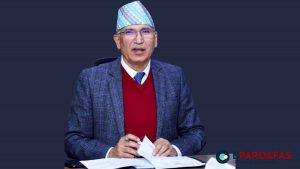
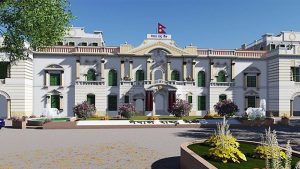

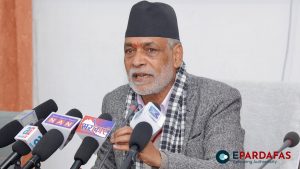
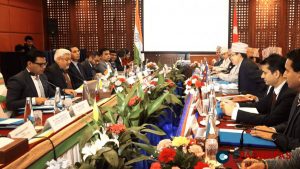
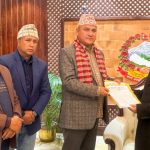
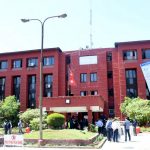

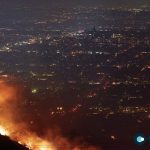
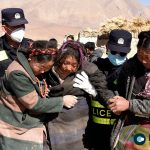
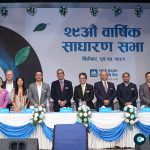
Comments